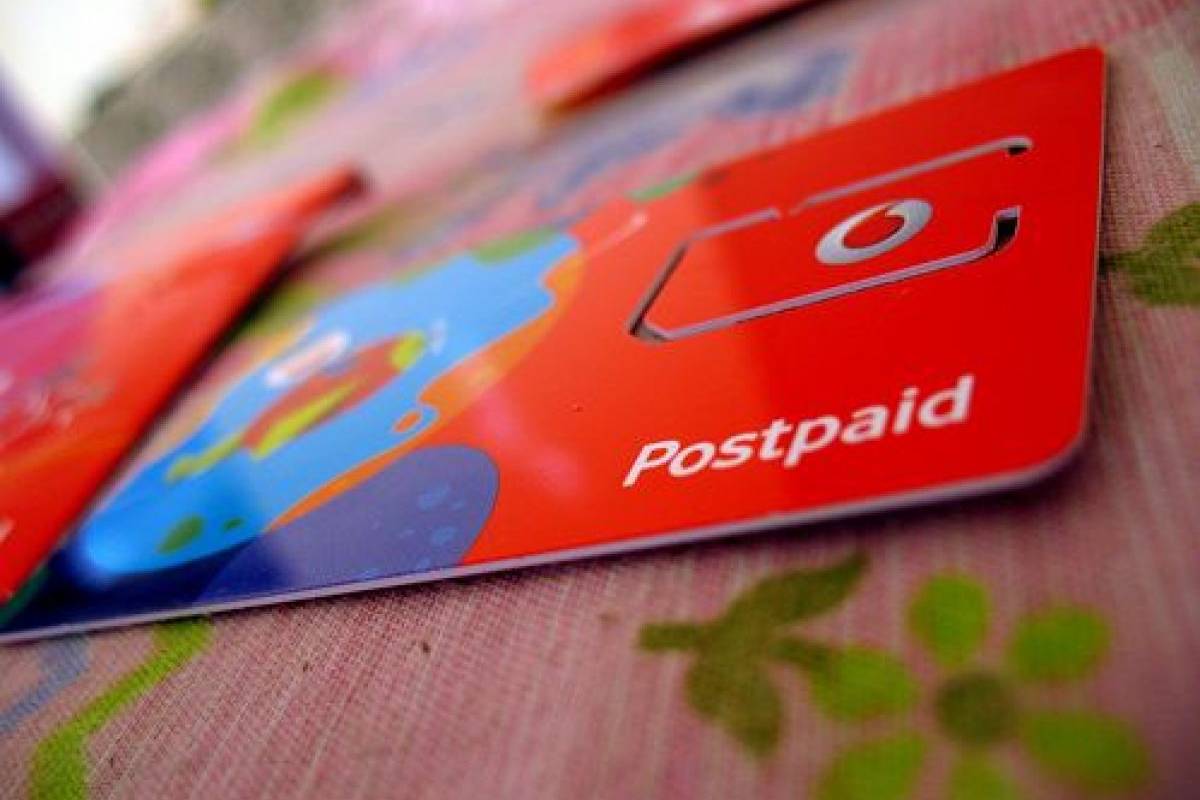Much recently, the private telecom operators announced prepaid tariff hikes. In just a span of a week, all of the operators had implemented the new prices to their offerings. But the surprising thing was, the telcos had only moved ahead with the prepaid tariff hikes. The prices of the postpaid plans, at the time of writing this, are untouched! But that shouldn’t be the case for too long. According to an FE report, Prashant Singhal, TMT leader, EY, said, the increase in postpaid tariffs is likely to follow after the increase in prepaid tariffs.
Telecom Operators Clear With Their Goal of Increasing ARPU
The telecom operators have been open about the fact that they are looking to increase their average revenue per user (ARPU) figure. Vodafone Idea (Vi) especially needs it. While prepaid tariff hikes are going to help, postpaid tariff hikes will act as a cherry on top of the cake. There’s a very less percentage of mobile phone users who are postpaid subscribers, but these subscribers already pay handsomely for purchasing telecom services. With an increase in postpaid tariffs, the operators would see a solid gain in ARPU. The telecom service providers (TSPs) in India need to flush lakhs of crores to build a PAN-India mobile network. It includes recurring costs for purchasing and deploying additional spectrum, research and development (R&D) for providing better services, statutory dues, and salaries to workers, and much more. Against that, they get very little out of each customer because the telecom services in India are very cheap. The ARPU of the Indian TSPs is one of the lowest in the entire world. While there’s a scale to tap into when it comes to the Indian market, there’s also the costs involved in doing so. For the TSPs, going with the postpaid tariff hikes will be a no-brainer and it shouldn’t take long for them to announce it.
